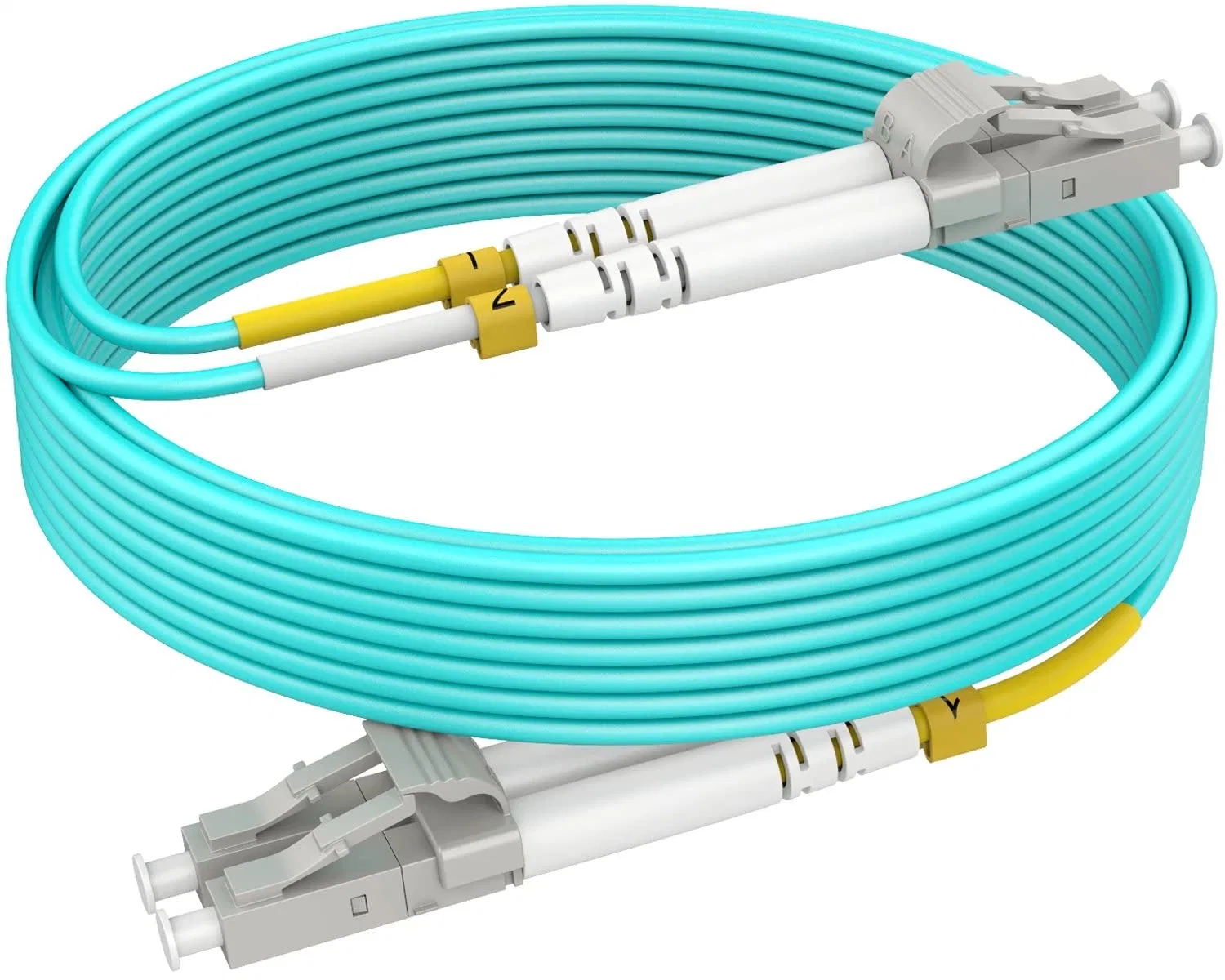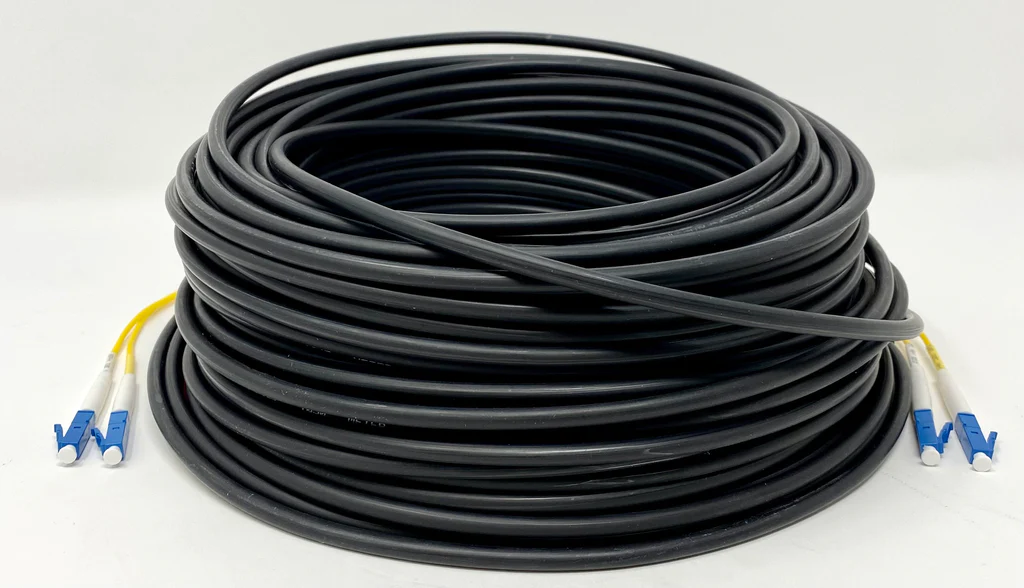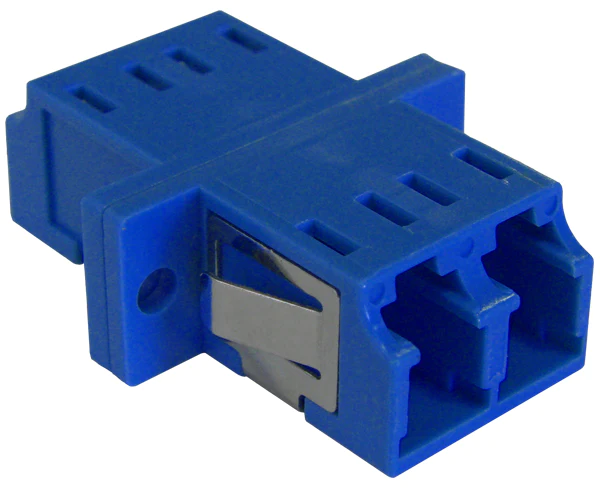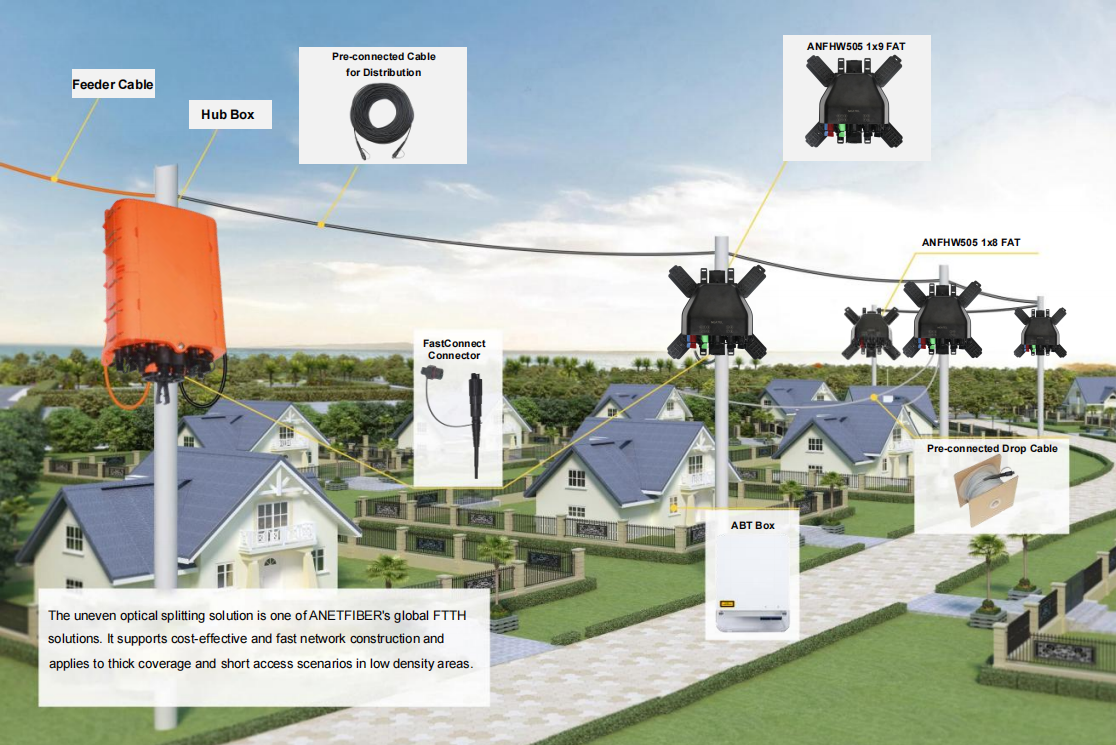Demystifying Duplex Configurations: LC Connector and Networking Applications

Fiber Optic Cables
Importance of Fiber Optic Cables
Fiber optic cables serve as the backbone of modern networking, facilitating the seamless transmission of data across various applications. Their high bandwidth and low signal loss make them indispensable for ensuring reliable connectivity in today's digital landscape.
Benefits of Singlemode Fiber Optic Cables
Singlemode fiber optic cables enable long-distance data transmission with minimal signal degradation, making them ideal for telecommunication and data center applications. Their ability to carry signals over extended distances is crucial for supporting uninterrupted network operations.
Significance of Duplex Configurations
Understanding the significance of duplex configurations is essential for optimizing network performance. By allowing simultaneous bidirectional data transmission, duplex configurations ensure efficient communication, enhancing the overall reliability of the network.
Advantages of LC Connectors
LC connectors are widely recognized for their compatibility and efficiency in networking applications. Their compact size and high performance make them a preferred choice for various networking setups, offering seamless integration and reliable connections.
Duplex Configurations
Understanding Duplex Configurations
Duplex configurations, in the context of fiber optic networking, enable the simultaneous transmission and reception of data over fiber optic cables. This means that data can be sent and received at the same time, allowing for two-way communication within the network. The use of duplex configurations is particularly advantageous in scenarios where real-time data transfer is crucial, as it ensures seamless and efficient communication between network devices. The LC connector, known for its compatibility and efficiency, is commonly employed in duplex configurations for various networking applications due to its ability to facilitate reliable simultaneous transmission.
Benefits of Duplex Configurations
The utilization of duplex configurations offers significant benefits in networking applications. By enabling simultaneous bidirectional data transmission, these configurations enhance network reliability and efficiency. This capability is especially valuable in applications requiring high bandwidth and low latency, as it ensures that data can be transmitted and received without delays or bottlenecks. Overall, the implementation of duplex configurations plays a pivotal role in optimizing network performance and ensuring seamless connectivity.

Singlemode vs. Multimode Fiber
When it comes to singlemode and multimode fiber, there are distinct differences in their capabilities and applications within networking setups.
Differences Between Singlemode and Multimode Fiber
Singlemode fiber is designed to allow a single mode of light to propagate, making it well-suited for long-distance transmissions. This is achieved through the use of a smaller core, which enables the transmission of a single wavelength of light, resulting in reduced signal attenuation over extended distances.
On the other hand, multimode fiber supports multiple modes of light propagation, making it ideal for shorter distances. It achieves this by utilizing a larger core that facilitates the transmission of multiple wavelengths of light. While this allows for greater tolerance of alignment issues, it also leads to higher dispersion and attenuation compared to singlemode fiber.
Applications of Singlemode and Multimode Fiber
The unique characteristics of singlemode fiber make it the preferred choice for telecommunication and data centers where long-haul transmissions are common. Its ability to carry signals over extensive distances without significant degradation makes it indispensable for maintaining reliable connectivity over vast network infrastructures.
Conversely, multimode fiber finds its niche in shorter reach applications such as local area networks (LANs) and campus networks. Its capacity to support multiple modes of light propagation is advantageous in scenarios where high bandwidth is required over relatively shorter distances.
Fiber Optic Adapters
Types of Fiber Optic Adapters
When it comes to fiber optic adapters, there are various types designed to facilitate the seamless connection of fiber optic cables with different connectors. One common type is the LC fiber optic adapter, which is widely favored for its compact size and high performance. Additionally, there are SC, ST, and MTP/MPO adapters, each serving specific connectivity needs within diverse networking environments.
These adapters play a crucial role in ensuring interoperability between different types of connectors, allowing for flexibility and scalability in network configurations. The compact design of LC adapters makes them particularly suitable for high-density applications where space optimization is essential. On the other hand, SC adapters are known for their simple push-pull coupling mechanism, while ST adapters feature a bayonet-style coupling for secure connections. MTP/MPO adapters are ideal for high-speed, high-density applications commonly found in data centers and enterprise networks.
Installation of Fiber Optic Adapters
Proper installation of fiber optic adapters is paramount to maintaining signal integrity and minimizing loss within the network infrastructure. Adhering to industry standards and best practices during the installation process ensures reliable network connections. It involves precision in aligning the fibers to minimize signal loss and secure mating between connectors to prevent any disruptions in data transmission.
Furthermore, thorough testing following the installation is essential to validate the integrity of the connections and ensure optimal network performance. By adhering to meticulous installation procedures and quality assurance measures, network administrators can uphold the efficiency and reliability of their fiber optic connections.

Fiber Optic Coupler Maintenance
Importance of Fiber Optic Coupler Maintenance
Effective network maintenance involves prioritizing the regular upkeep of fiber optic couplers to ensure optimal network performance. By conducting routine cleaning and inspections, network administrators can prevent signal degradation and mitigate the risk of potential network downtime. The cleanliness and integrity of the couplers are crucial for sustaining seamless data transmission and upholding the overall reliability of the network.
Best Practices for Coupler Maintenance
Adhering to best practices for coupler maintenance is essential for preserving their performance and longevity. Utilizing proper cleaning tools and techniques, such as lint-free wipes and alcohol-based solutions, helps maintain the cleanliness of the couplers without causing damage. Implementing periodic inspection and cleaning schedules is also vital in preventing dust and contamination buildup, ensuring that the couplers continue to function optimally within the network infrastructure.
Comprehensive Understanding of LC Connectors
Importance of LC Connectors
LC connectors are indispensable components in networking applications, providing seamless compatibility and high performance for fiber optic connections.
Selecting the appropriate LC fiber optic connector is crucial for optimizing network efficiency and reliability.
Maintaining LC cable connectors through regular inspections and cleaning procedures ensures consistent and reliable network connections.
Versatility of LC Connectors
The versatility of LC connectors lies in their compact size and efficient performance, making them suitable for various networking setups.
Understanding the differences between singlemode and multimode fiber is essential for determining the most suitable LC connector for specific network requirements.
Proper maintenance of LC connectors involves adhering to best practices to uphold their performance and longevity within the network infrastructure.
Compatibility and Performance
The compatibility of LC connectors with a wide range of networking equipment makes them a preferred choice for diverse connectivity needs.
Their high-performance capabilities enable seamless data transmission, contributing to the overall reliability of network connections.
See Also
Maximize Outdoor Fiber Patch Cable Performance with LC Type Connectors
2024 Future Developments in Single Mode Optical Fiber Technology
Understanding the Applications of Singlemode ADSS Cable in Telecommunications
Understanding Prodigy Fiber-to-the-Home Hardened Connectivity for High-Speed Internet
Exploring Options for Singlemode Round Drop Cable Quick Connectors in Outdoor Settings
About US
Follow Us
AnetFiber company's main products are indoor and outdoor optical fiber cables, outdoor waterproof pre-connected fiber-to-the-home products, PLC optical fiber splitters, optical fiber jumpers and pigtails, MTP®/MPO high-density big data product solutions, optical fiber field quick connectors and research and development molding, injection molding and production of optical fiber distribution boxes, optical fiber chassis cabinets, the market has expanded to the world, Europe, America, Asia, the Middle East and Latin America.
Address
Shenzhen City, Baoan District, Yanluo Street, Tangxiayong Community, Yangyong Industrial Road, Tonggangda New Energy Vehicle Park 406
Contacts
+86 199 2655 3586

